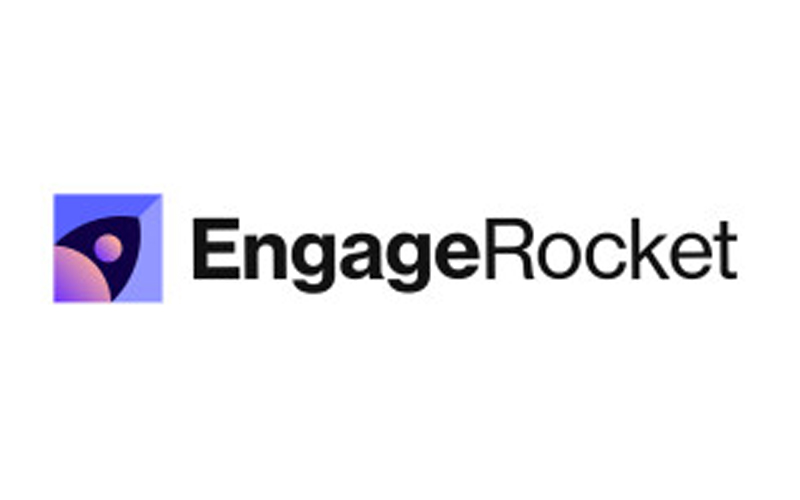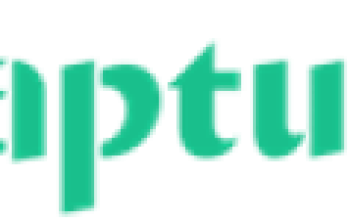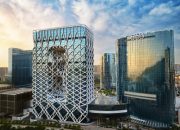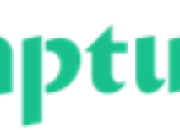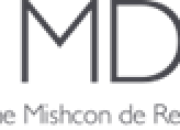The report covers 5 key trends and opinions from recognised Indonesia HR leaders to help HR teams and businesses better prepare for 2022.
JAKARTA – 14 December 2021 – The ongoing impact of the pandemic forces businesses to adapt swiftly – both from an operational and talent upskilling standpoint. Hence, many organisations are forced to introspect ways to optimise business efficiency and talent performance to close the accumulated revenue gap from months prior. For these reasons, the role of HR in bridging the gap between talent readiness and business goals will be even more important in 2022. The evolution of HR in becoming a strategic business builder is imminent.
To help HR teams prepare in their role as business builders in 2022, EngageRocket released a report ‘Indonesia HR Business landscape 2022’, which covers 5 important trends to watch out for and focus areas for organisations looking to prepare for the year ahead.
Here are some highlights from the report:
- Implementation of agile working in organisations
Businesses will transform at an even faster pace in 2022. Employees will be expected to improve their productivity through agile working practices. As a result, HR teams need to be able to supervise and detect changes that happen within the organisation, both from a macro and micro perspective. This changing need means that HR will have to implement a new system that allows them to automate performance, feedback, and talent readiness tracking.
- Higher expectations to improve business performance
Employees within all layers of the organisation will be expected to improve their performance and hone skills that they might not have acquired previously so they can provide more meaningful contributions to the business. HR has a role to track the contribution levels of each individual and intervene when certain individuals or teams show symptoms of burnout.
- Talent readiness acceleration to improve work effectiveness
Aside from the increased pace of working, acceleration will also occur at the employee readiness levels – which can be tracked from the day they join. According to Audi Lumbantoruan (Managing Director Indonesia at EngageRocket), there are three phases of employee readiness that can be tracked: readiness to work, readiness to socialise, and readiness to accelerate. The role of HR is to pay close attention to the needs of employees so they can facilitate their readiness more aptly.
- Lean management transformation within organisations
Lean management focuses on changes that happen within the organisation in dealing with business challenges now and in the future. The contribution of HR is even more prominent when it comes to developing company-wide people strategy and policies. Here, HR can help with decision making by looking at two major aspects: the organisation and the people. The organisation aspect focuses on growing the business while the people aspect focuses on employee productivity and well-being.
- Empowering every employee to be value creators for the organisation
With the increasing levels of productivity, each employee will be expected to contribute more to the organisation. However, this does not mean that the burden of business growth should fall only on individual contributors. Organisations and HR teams would need to take the initiative in the process of empowerment, through various training and retraining programs, upskilling, capabilities building, and many others.
About EngageRocket
EngageRocket is APAC’s fastest-growing employee experience solution provider that helps leaders and organisations make better people decisions using real-time data. EngageRocket automates employee feedback and analytics to deliver management powerful insight that improves employee engagement and performance. The company has now analysed more than four million responses in several Asian languages across 14 countries and 20 industries.


